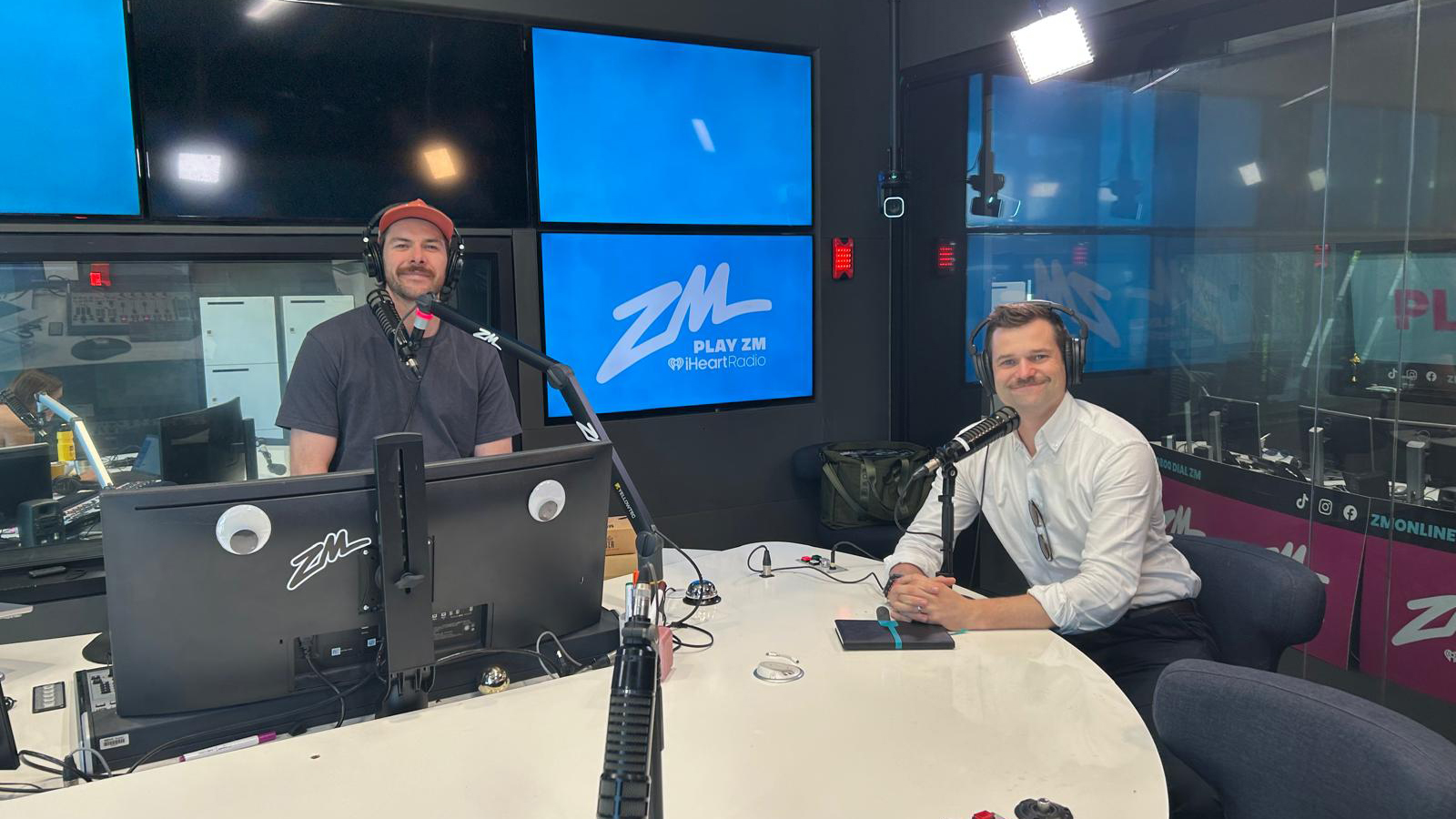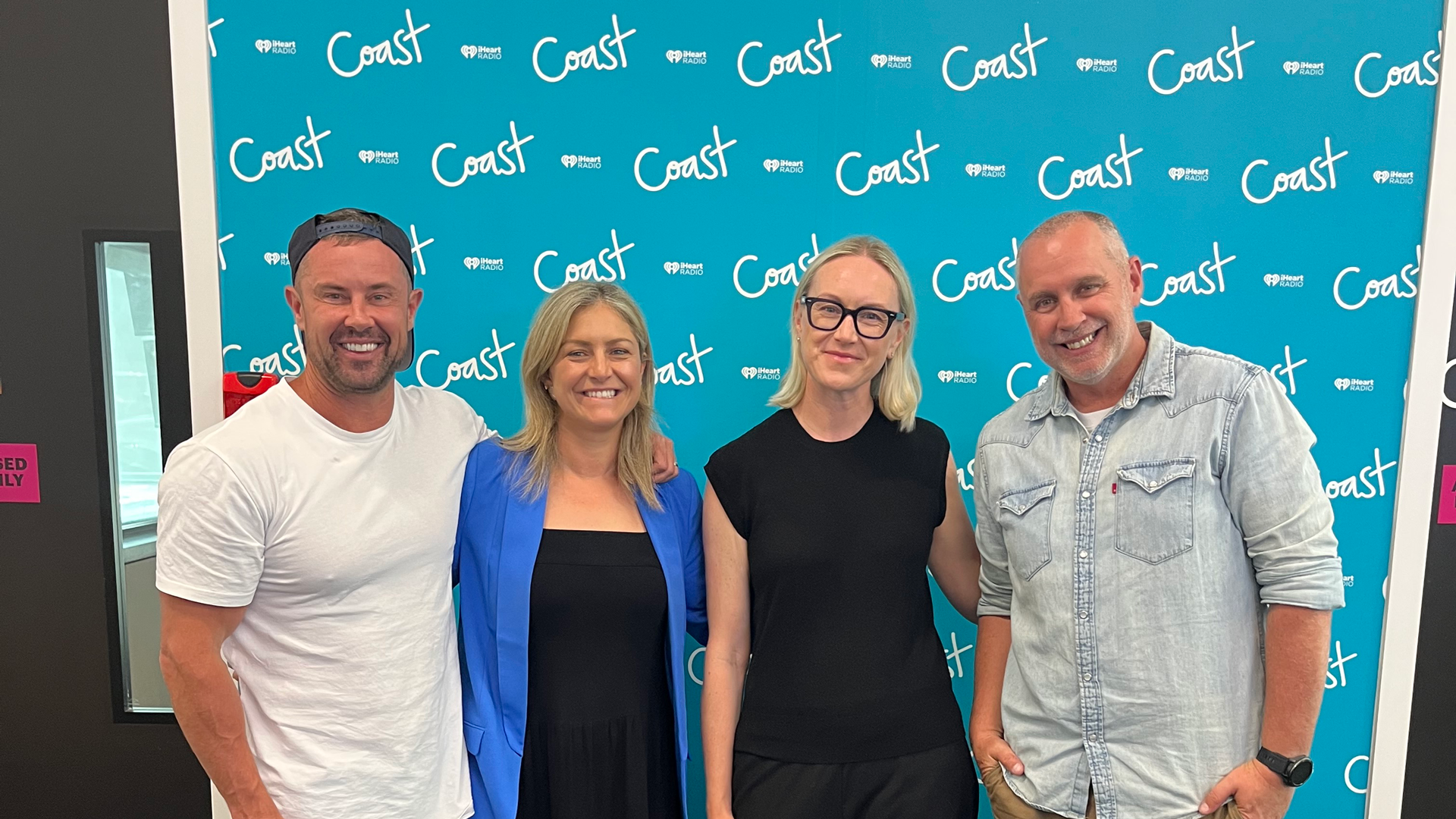The Government announced a range of changes to KiwiSaver last week, but will they really make a significant difference for over-65s in retirement? Head of KiwiSaver at Milford, Murray Harris, recaps the changes with Ryan Bridge, talks through how much a rise to 4% will cost you, and highlights further steps the Government could take to improve financial outcomes for retired New Zealanders.
Listen.
Click here to download the MP3 file or listen to the podcast on your favourite platform:
Read.
Bridge talks Business: 27 May 2025
Episode Transcript
Ryan Bridge
Kia ora KiwiSavers. Welcome to Episode 34 of Bridge talks Business with Milford. We’ve had some big changes to KiwiSaver in the Government’s Budget. The numerical increase from 3% to gradually 4% of income for workers and the boss doesn’t seem like a big step, but by the time you get to retirement, it will be. We spoke to Murray Harris before the Budget about what he wanted to see changed, and so we’re getting him back today to explain what has changed and how he rates it.
First, here’s your top five business bits.
1. A fresh blast of tariff drama with Trump threatening the EU with a 50% rate amid delays for a deal. [President] von der Leyen got on the blower, secured a stay of proceedings until July 9th.
2. The Republican-led House managed to pass the big, beautiful reconciliation bill, which front-loaded stimulus, and basically pays for it in outer years. It’s a slap in the face to claims that this Administration would cut the fiscal deficit.
3. Long-term bond yields shot up across the developed markets last week as fiscal concerns remained front and centre. Trump’s debt-hungry bill was one catalyst, but also a buyer’s strike, evident across many regions, including Japan and the UK.
4. Here in New Zealand, our Government seemingly bucked the trend of fiscal recklessness, delivering a budget focused on returning to surplus by 2029. The investment boost policy will benefit companies who spend a lot on capital expenditure.
5. Across the Tasman, the RBA delivering a very dovish 25-basis-point interest rate cut last week. The discussion was mostly around cutting by either 25 or 50 in that meeting. This surprised the market, as domestic data there has been pretty resilient.
All right, it is time, KiwiSavers, for our chat of the week. And of course, we’re talking about KiwiSaver. It was the big announcement in the budget by far. It affects most of us. We’ve got three and a half million members of KiwiSaver in New Zealand. Just a reminder that this segment is informational only and should not be considered financial advice. Today, returning to the hot seat is Murray Harris. He’s head of KiwiSaver and Retail at Milford. Murray, welcome back.
Murray Harris
Thanks for having me back.
Ryan Bridge
Good to see you. Now, last time we spoke, you rated KiwiSaver, I think it was about a seven out of 10. After the budget, we’ve had some changes – has it increased since then?
Murray Harris
A small increase, maybe seven and a half, maybe close to eight. I mean, there’s pros and cons of these changes, right? So, a small improvement.
Ryan Bridge
Okay. So, you’re not giving much away. What are the changes? Let’s run through them. We’ve got a means testing of the government contribution, but we’ve also got that number being halved as well.
Murray Harris
Yep. So, the amount that you’ll get from the government has been halved from 50 cents for every dollar you put in, to 25 cents. For each dollar you put in, as long as you’ve put in $1,042, now you get $260 rather than $521. That’s from 1 July this year. And if you’ve earned over $180,000 between 1 July and 30 June next year, unfortunately, there’s no more government contribution. But just to be clear, these changes around the government contribution are from 1 July this year. So, for this KiwiSaver year, up to 30 June, you get the full $521, provided you’ve put in your $1,042. So, this is your last chance. Don’t miss out. Make sure you’ve put in $1,042.
Ryan Bridge
The other big thing, of course, is what we pay in, the employee and our bosses, the employer contribution. That’s going up, but it’s not going up tomorrow. It’s going to be phased in. What are the dates?
Murray Harris
Correct. So, 1 April next year, 2026, the employer and the employee compulsory contribution will be 3.5%. And then from 1 April 2028, that goes up another half a percent to 4%. But interestingly, they’ve included a provision for people that might feel the cost of living crisis by next year or in ‘28, that’s still biting. That’s not affordable. They can apply to the IRD to remain on 3%. But, important to note that your employer could also match back down to 3% as well.
Ryan Bridge
So it’s that default rate that’s going up with an option to get out.
Murray Harris
Yes.
Ryan Bridge
How do you see this? Tinkering around the edges? You know, your score didn’t jump up to 10 out of 10. Tinkering around the edges or is this meaningful?
Murray Harris
Oh, look, it’s definitely a step in the right direction, right? Tinkering, it’s interesting that national governments seem to like to tinker with KiwiSaver. They removed the $1,000 Kickstart in 2015. 2011, they halved the dollar for dollar government contribution to 50 cents. Now it’s 25 cents, which is still meaningful. I mean, where else can you get a 25% return on every dollar you’re putting in, right? So that’s still meaningful. But the key change and the big plus was this change to 4 plus 4. You know, when we last met and spoke, I was saying, look, 3 plus 3 is not going to get Kiwis the retirement they dream of. We need to start moving on a path to improve the KiwiSaver settings. And this is a very good step. And then bringing in the young people, 16 and 17-year-olds now can receive employer and government contributions. So that puts them on an even footing with their 18-year-old peers if they’re in the workforce. That’s a very good thing. It teaches them the benefit of long-term saving, contributing a small amount over a long period of time and could get them on the property ladder earlier. So, you know, some very positive changes.
Ryan Bridge
We talked last time about the benefits to New Zealand as a whole, and we’ll talk about that. But you know I’m very interested in myself and my finances. So, how much richer will it make us in retirement? Because it doesn’t seem like much now, but in the future, I imagine once you compound, it’s quite good.
Murray Harris
Well, these are small improvements, but that’s the secret word, compounding, over a long period of time. And retirement saving schemes are long-term for most people. And so the Retirement Commission has done some work around this. For 80% of KiwiSaver members, they will be better off with these settings. And importantly, our retirement savings will last about 30% longer for someone on the average wage or salary who’s contributed throughout their working life. So that’s very good.
Ryan Bridge
Wow.
Murray Harris
For the 20%, though, that it’s not quite as good for. And you mentioned self-employed. That is one group. You know, they don’t get the employer contributions. Getting the government contribution was one of the key incentives to save. So that’s been halved. And if you’re doing a decent enough job as a self-employed person and earning more than $180,000, you’re going to get no more. So, it’s just down to your contributions, but still good reasons to save towards your retirement. The other group that it’s not so good for is the low-income earners because the $521 was a bigger proportion of their contributions. And so therefore that’s been halved. And then, of course, if you’re already ahead of the curve in doing 4 percent or more, then there’s no real net benefit for you in these changes and settings. You’ve already been doing more than the minimum. And in fact, you’ll be $260 worse off. But in the overall scheme of things, still very good reasons to continue to save towards KiwiSaver.
Ryan Bridge
For those lower income households for whom the cost of living right now is a concern, how much do you get back? Because it’s like an extra $15 a week that you’ll be putting in. What does that equate to when you retire?
Murray Harris
So, we did the calculations for the average earner, a 35-year-old in a balance fund with the average KiwiSaver balance today for that cohort of $25,000. These changes mean they’ll have $50,000 more in round figures at age 65. So, as you say, it’s $15 dollars a week more in contributions, 4% versus 3%, but $50,000 more to spend between 65 and age 90. That’s about $40 a week. So, it’s nearly three times the return on what you’ve put in that you get out at the end. So again, still very, very worthwhile.
Ryan Bridge
Right. You’ve given it a seven and a half out of 10? So, what are we going to do to get this baby cranking? Get it to 10 out of 10. What’s on your wish list?
Murray Harris
Yeah, look, I mean, it’s definitely a step down the right path. I would have liked to have seen some more signaling for further incremental increases to let’s say 5 plus 5 so that we’re saving around 10% of our incomes. And I mentioned that last time we caught up. You know, we are well behind the OECD in our savings rate. We’ve got one of the lowest in the OECD. And when we look at the most successful retirement savings systems in the world, Australia is often called out as being one of the best. From 1 July, they’re going to 12%. They’ve got there incrementally over the last several years from 9 – 9.5%. They’re 11.5% now going to 12. The Netherlands, 17.9%. Singapore, the employee contribute is 20% and the employer 17%. That’s 37%. I’m not suggesting we need to go there. It’s a very unique system. If we were to continue on our path to saving 10% of our income – so a 5 + 5 incrementally – would have been good to see. We would have liked to have seen total remuneration abolished. It’s not in the spirit of KiwiSaver. This is where the employer contribution is included in your salary rather than on top. That’s not fair. It’s not in the spirit of KiwiSaver. And then, perhaps some tax incentives. I know this wasn’t the Budget for that, but perhaps in the future, if we could continue to improve KiwiSaver, removal of the employer superannuation contribution tax. That’s a drag on returns for the employer’s contribution, and maybe some incentives for those that want to save over and above the minimum. Some tax incentives like we see in Australia to do that.
Ryan Bridge
For the Government, as you said, it was a tight budget, but politically, you don’t want to do too much too soon. But maybe this is a sign – baby steps onto the right direction.
Murray Harris
Definitely the move in the right direction. And hopefully we continue to evolve from here.
Ryan Bridge
We’re just over $100 billion for KiwiSaver. The Aussie’s have got like $4 trillion I think you told me last time. What scale do we need to get to before it’s a meaningful NZ Inc story, where it’s investing in infrastructure and investing in private markets and all that sort of stuff?
Murray Harris
Again, the more we can grow the savings pool, the more options we’ve got for investing in New Zealand companies and in infrastructure. So, KiwiSaver contributions last financial year were about $11 billion. The budget papers were forecasting that by KiwiSaver year 28/29, contributions will be $14 billion. So, it’s a significant increase. It’s an improvement. But we’re still a very small pool. But the more we can grow the pool, the more options we have to invest. About 40 percent of KiwiSaver money is invested in New Zealand assets. If you look at New Zealand bonds, both government and corporate cash, property, and the New Zealand share market, only 11% of that money is in the NZX. You look at Australia, % of these super funds are invested in the ASX. So, with more money to invest, looking for a home for good investments, hopefully it encourages more listings on the NZX. And then down the track, yes, infrastructure. That would be great to see KiwiSaver money invested in funding. You know, like we do see in Australia, billions and billions of dollars of super funds has gone into toll roads, motorways, bridges, tunnels. And that all helps to keep those economies or that economy moving at pace and growing. And you know, the quid pro quo of that, or the balancing of that, is that it’s good for the economy. It’s good for NZ Inc or Aussie Inc in that case. But we’d like to see it for NZ Inc. And it would be great for KiwiSaver investors.
Ryan Bridge
And it is doable. We know it works. We’ve got the overseas examples, but it’s just about getting there slowly, I suppose, isn’t it?
Murray Harris
We need to catch up.
Ryan Bridge
Thanks, Murray.
Murray Harris
Thanks for having me.
Ryan Bridge
That was Murray Harris. He’s head of KiwiSaver and Retail at Milford. And when he comes back on next time, we’ll see where they get to with that KiwiSaver score. Don’t forget you can watch, like, follow, subscribe this podcast wherever you get your podcasts. It’s always available on the Milford site as well. Until next week, have a nice day.
Missed previous episode? Don’t worry! Click here to catch up now.


